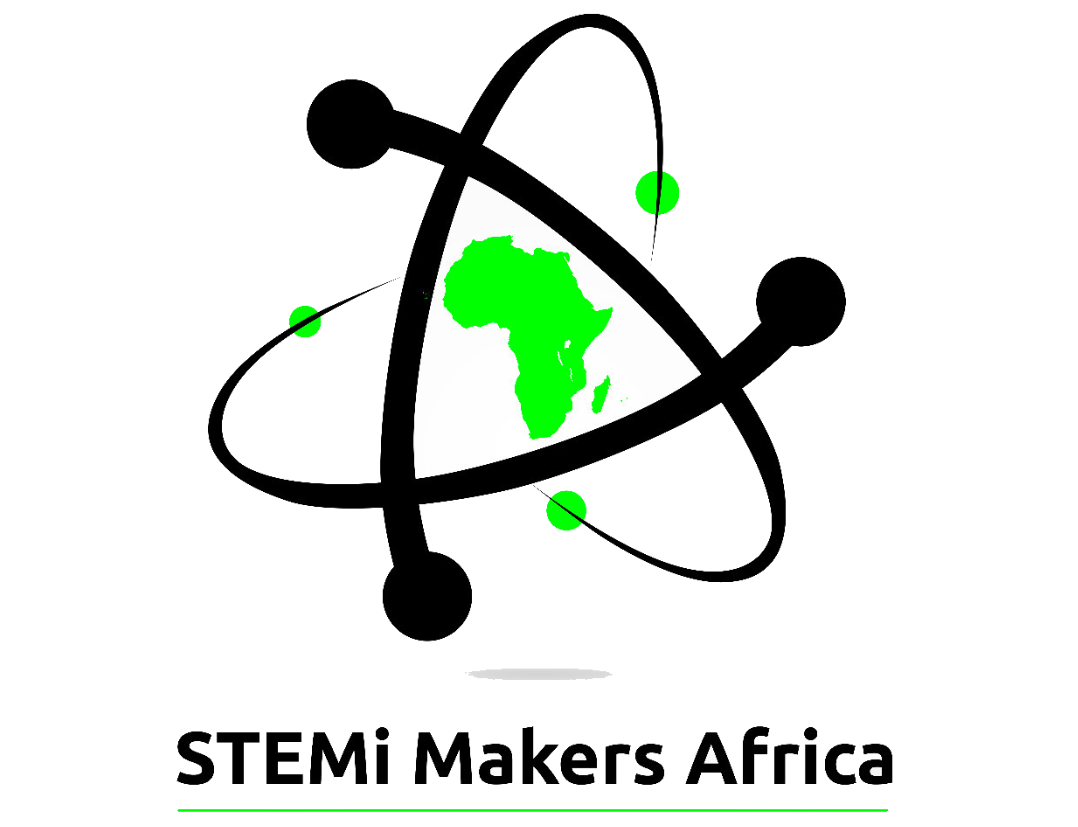
Integrating 3D Printing in the Secondary and Tertiary Institutions.
Technological advancement in the world today have led to the development of innovative approaches and strategies in delivery of educational content. The use of multimedia technologies has greatly enhanced the teaching and learning process and also made learning to be interesting and hence motivating. 3D printing is one of the technologies that has currently started to be integrated into many academic circles. The development of 3D printing technology has a lot of potential for application in education in developing countries in Africa.
3D Printing inspires creativity, fosters problem-solving skills and offers many advantages that enrich the educational experience with its additive manufacturing. Whether you’re a teacher, student, or education enthusiast, the journey into the world of 3D printing will illuminate its profound impact on shaping the future of learning.
- Academic institutions in Africa can set up collaborations with similar institutions in developed countries. This can help them share resources and also exchange staff and students which will lead to raised awareness of current educational technologies. Donations to secondary and tertiary institutions can also be one of the benefits that could accrue.
- Students can be engaged in 3D printing learning projects to help them acquire the 21st century skills.
- 3D educational research and training centers should be established in teacher training institutions to equip the educators with the skills of application of this technology in the teaching learning process.
